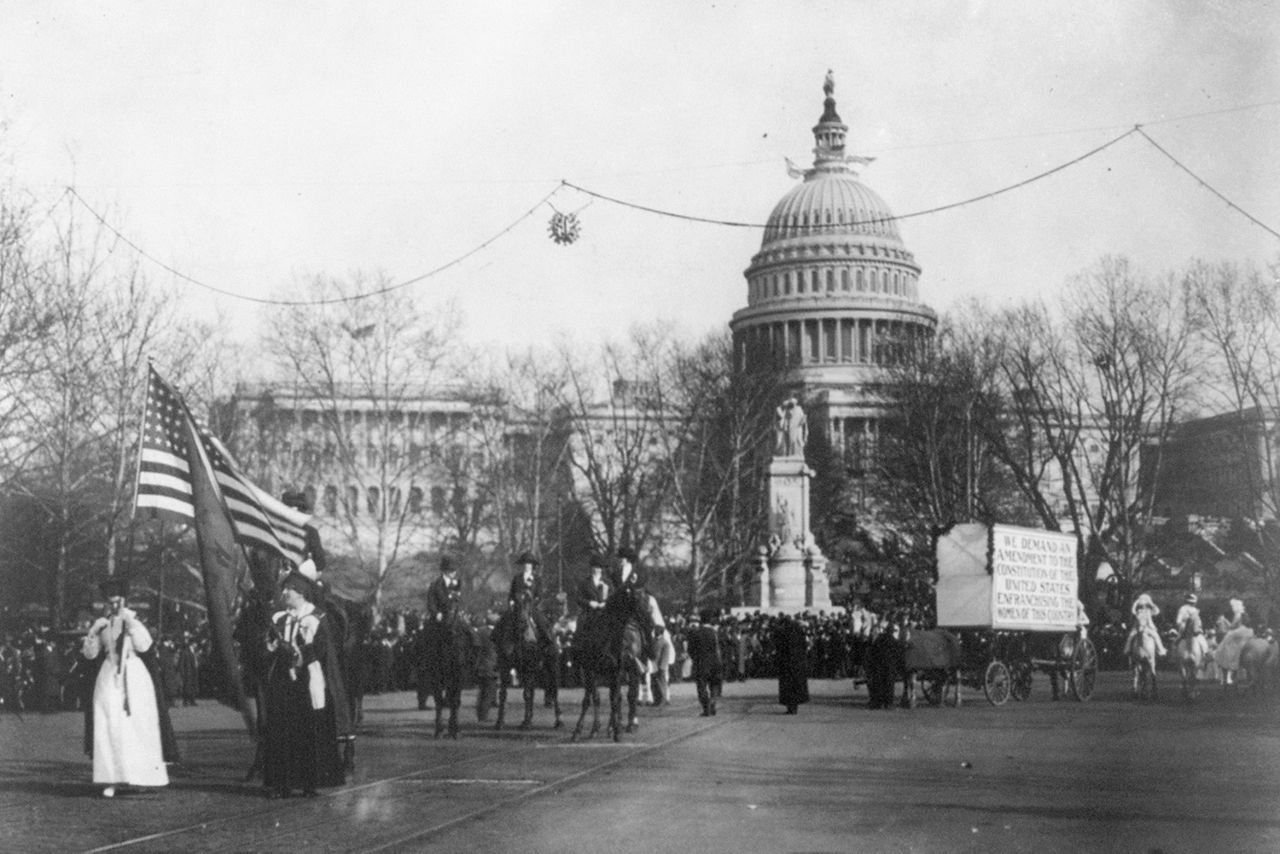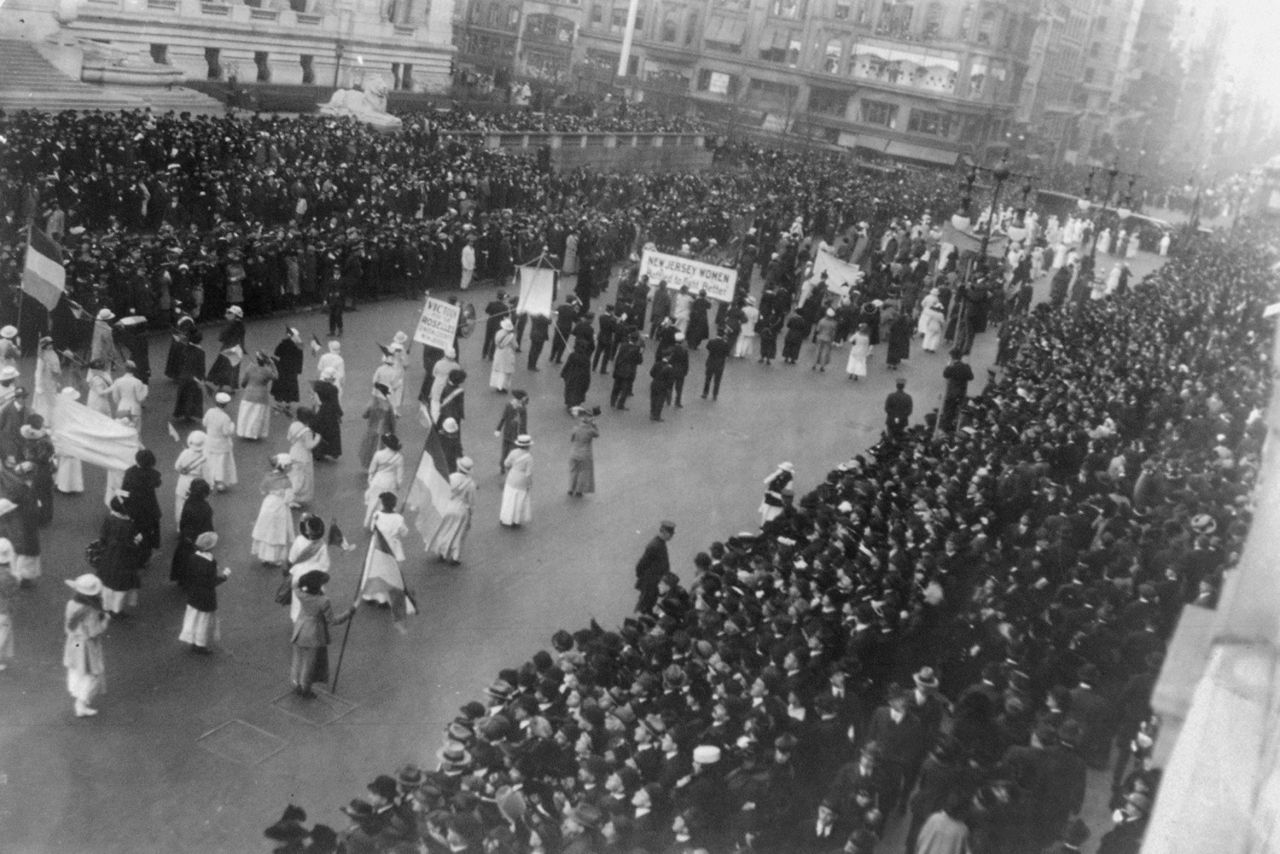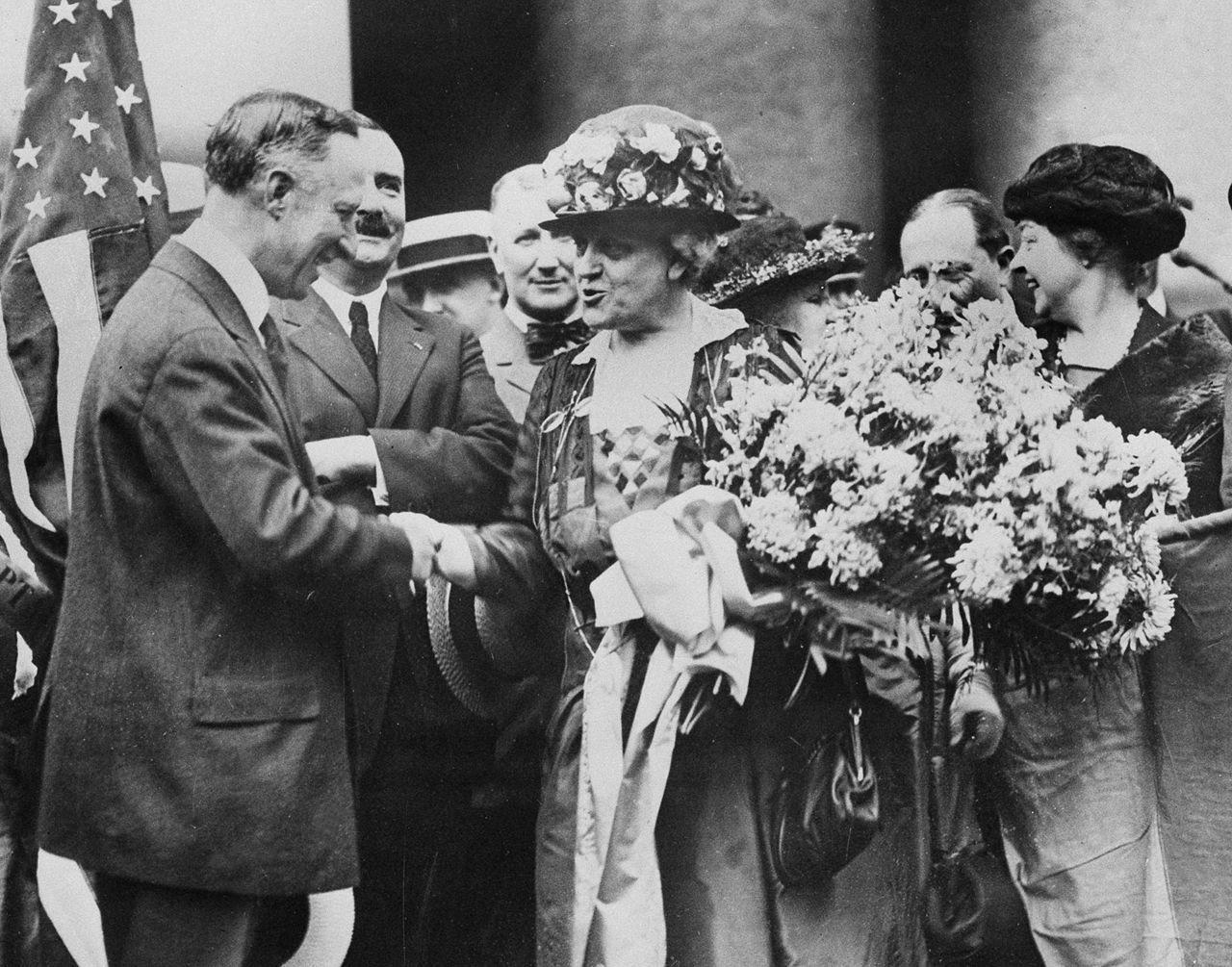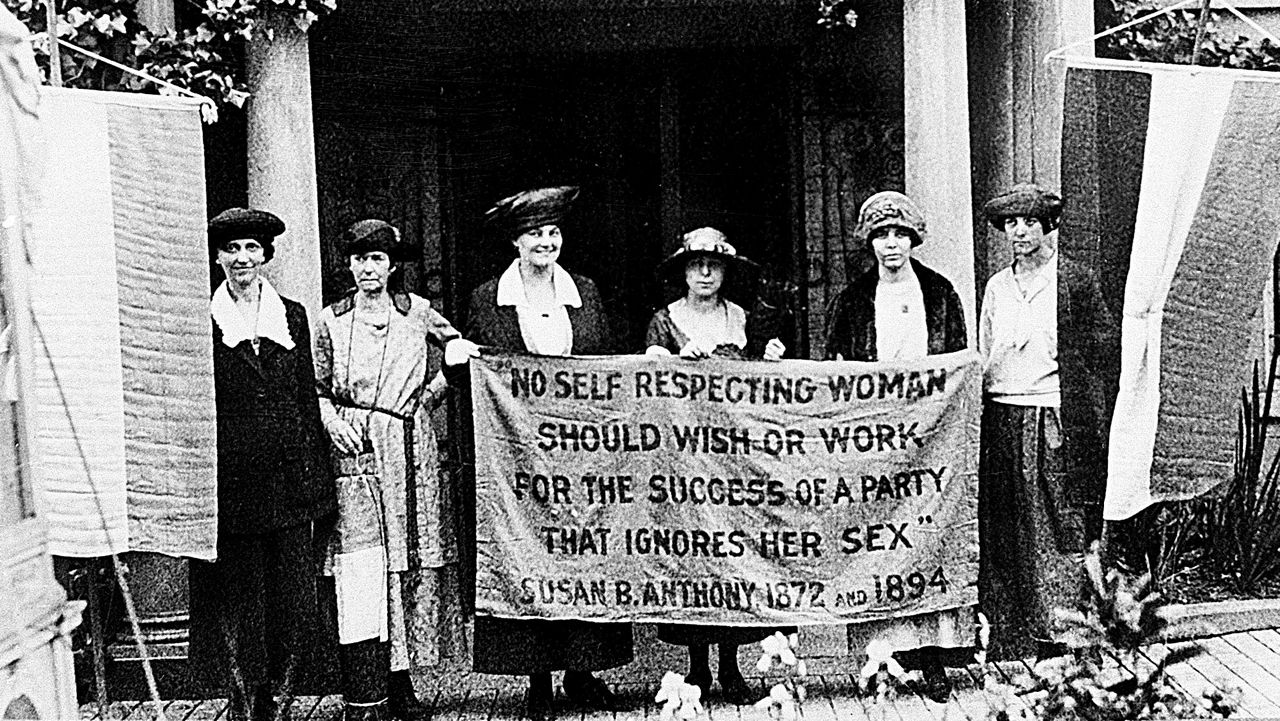NATIONWIDE – Tuesday marks the 100-year anniversary of the ratification of the 19th Amendment of the U.S. Constitution, which granted white American women the right to vote.
What You Need To Know
- Tuesday is the 100-year anniversary
- 19th Amendment was rafitied on August 18, 1920
- Took more than 40 years from when it was first introduced
The amendment was first introduced into Congress in 1878, according to the National Archives, but it wasn’t ratified until August 18, 1920, over 40 years later.
President Woodrow Wilson signed the amendment, but according to the National Women’s History Museum, it wasn’t until the second term of his presidency that he took action towards granting women the right to vote.

“Beginning in January of 1917, suffragists picketed outside of the White House day and night. They held signs and demanded their rights. By March these women were being arrested for disrupting traffic. It was not until his speech before Congress in 1918, that Wilson finally publicly endorsed woman’s suffrage by the federal government. It is believed that women’s roles during World War I helped Wilson see the need for suffrage. However, it would take another year before there were enough votes in Congress to support the passage of the 19th Amendment,” reads an excerpt from museum’s website.
Even though the amendment was signed by Wilson in 1919, it wasn’t adopted until 1920 when Tennessee became the 36th state to ratify it.

Susan B. Anthony is one of the names most recognizable today related to the women’s suffrage movement. Anthony died in 1906, years before the 19th Amendment was passed and ratified, but she worked for decades bringing attention to the suffragette movement through speeches, writings, fundraising, and protests.
Anthony was arrested for illegally voting in 1872, an act that historians say helped bring national attention to the movement. President Donald Trump posthumously pardoned Anthony for that arrest on the 100-year anniversary of the ratification of the 19th Amendment.

The women’s suffrage movement at this time largely ignored and excluded the work that Black women contributed to the movement, forcing some to create their own organizations. According to the National Women’s History Museum, Black women were even forced to march separately during suffrage parades.
Black men had been granted the right to vote as part of the 15th Amendment in 1870, but many still couldn’t vote because of state and local barriers put in place until the Voting Rights Act was passed in 1965.
